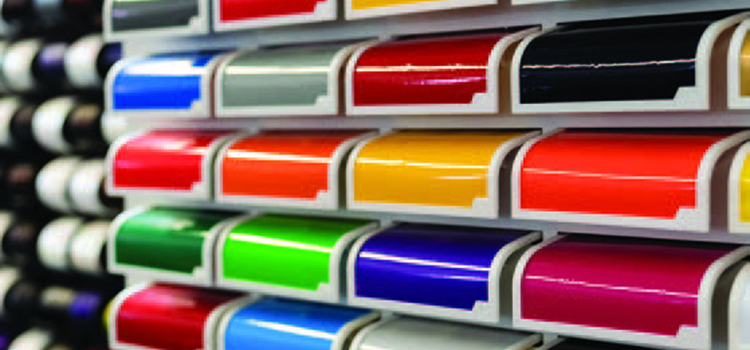Editor’s note: Portions of this article were previously published in the June 2022 issue of UV+EB Technology. Reprinted with permission.
By Michael J. Dvorchak, Dvorchak Enterprises LLC
INTRODUCTION
Over the past decade, the automotive-refinish industry has been forced to look at innovative technologies to reduce volatile organic compound (VOC) content and hazardous air pollutants (HAPs) while providing a rapid return to service of the consumer’s vehicle.
UV-A-cured one-component (1K) auto-refinish primers were first introduced in the mid-1990s. UV-A clearcoats were subsequently introduced in the late 1990s.
Materials have continued to be developed and pushed to mimic the classic two-component (2K) solvent-based polyurethanes (PURs); however, slow acceptance by the auto-refinish market over the past two decades is indicative of a market that is difficult to change.
The automotive-refinish coatings market is forecast to surpass U.S. $6.3 billion globally in 2021.1 This market is expected to increase by 5.4% CAGR between 2021 and 2031. The main technology types are solventborne, waterborne, and UV cure. The classic coating layers are primers, basecoats, topcoats, and clearcoats.1 A specific parameter in the refinish area that must be addressed is the bottleneck of a 2-hour cure for the primer before it can be sanded. Current UV-cure primers can be sanded within 2 minutes. The need to lower VOCs and volatile HAPs (VHAPs) is among the current constraints for all technologies. A hurdle that was recently cleared in the UV-cure sector is the price barrier for UV light equipment. Reports for the market have UV LED units priced under $1,000.2 This market continues to consolidate and will be required to decrease refinishing speeds to remain competitive.
This article will review the history of the UV-cured 1K and 2K auto-refinish market and formulations for primers and clearcoats. It will also attempt to look at current UV-cured 1K and 2K auto-refinish primers and clearcoats in the global market, new formulations, and new developments in UV equipment.
CHANGES IN THE AUTOMOTIVE OEM AND REFINISH MARKETS
The automotive OEM and refinish markets have undergone incredible changes in both polymer technologies and substrates over the past several years. The original markets used nitrocellulose lacquers when the only color you could specify was black. Today, the number of 2K reactive primers and clearcoats, as well as basecoats, has pushed the limits of polymer chemistries. With the pressures to lower VOCs and VHAPS, solvent-based systems have shifted to water-based chemistries. The OEM’s substrates have evolved from the traditional steel metals to composites and aluminum.
INTRODUCTION OF UV-A-CURABLE AUTO REFINISH
Early attempts to develop a UV refinish clearcoat
The earliest paper that reviews the use of UV-cure clearcoats for auto refinish was focused on the use of a UV Flash lamp (Xe lamp).3 The idea was that after application, the fully formulated UV clearcoat would be flashed several times (by the Xe lamp) to activate the photoinitiator (PI) for this dual-cure system. The dual-cure crosslinking of this system was done with a polyol that had acrylate and hydroxyl functionality in combination with a dual-cure crosslinker that possessed acrylate and polyisocyanate functionality. This system was a 2K system. Due to the Xe lamp wavelength occurring around 480 nm, the use of a bis-acylphosphine oxide photoinitiator was specified for this use. Cure was done by using 10 to 20 flashes at 20 °C.
Continue reading in the November/December digital issue of CoatingsTech.
